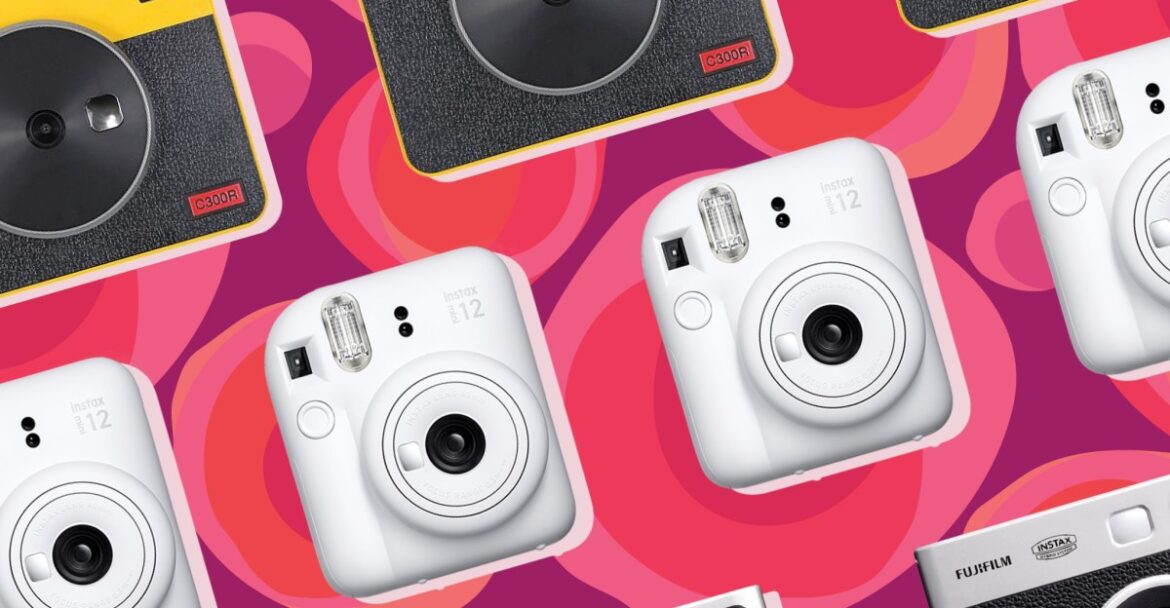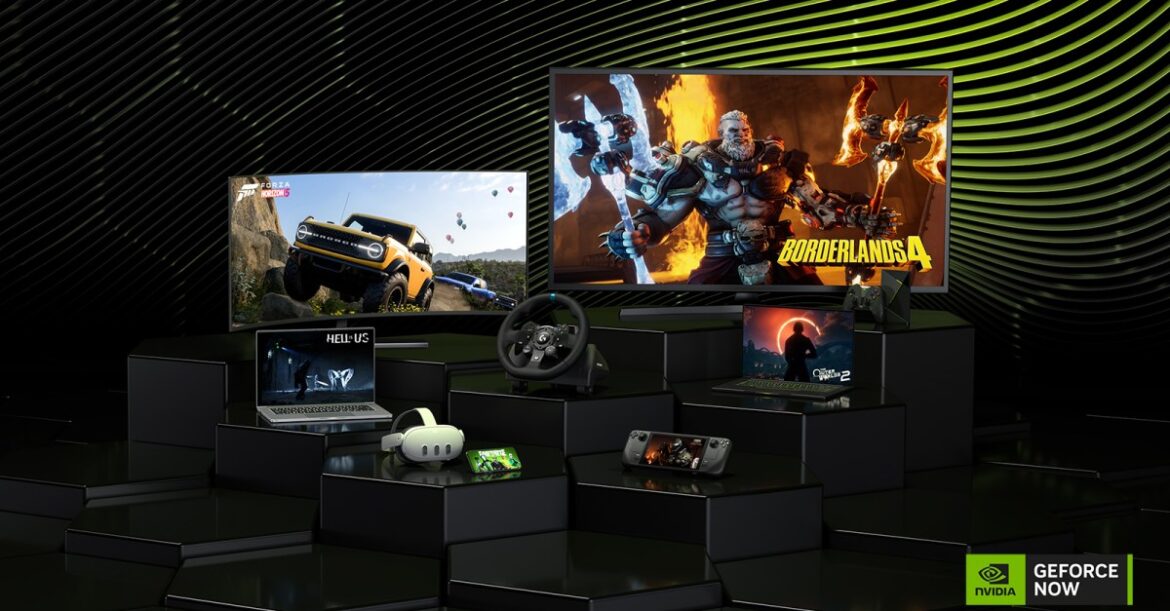US broker-dealer Alpaca has launched an Instant Tokenization Network (ITN) that allows institutions to mint and redeem tokenized US stocks directly, a move that could help boost onchain liquidity in a segment of the tokenization market still constrained by structural barriers.
The ITN enables institutions to tokenize portfolios with a single API call and redeem tokens in-kind for the underlying shares without settlement delays, Alpaca disclosed Wednesday. The service operates beyond traditional market hours, offering 24/7 access.
By allowing in-kind redemptions — directly exchanging tokens for their underlying assets rather than settling in cash first — the network aims to make tokenized stocks more liquid and efficient.
Alpaca said the feature builds on the US Securities and Exchange Commission’s (SEC) recent efforts to address similar inefficiencies in the crypto exchange-traded product (ETP) market, notably through its approval of in-kind creation and redemption for spot Bitcoin (BTC) and Ether (ETH) ETFs.
The ITN is available to US-regulated financial institutions, Alpaca told Cointelegraph.
The tokenized stock market is currently valued at more than $700 million. Source: RWA.xyz
“ITN’s process is best understood as a single API that enables two functions,” Arush Sehgal, Alpaca’s head of crypto, told Cointelegraph.
“The first is the journaling of securities to and from brokerage accounts. This applies to US-regulated financial institutions,” he said. “The second is delivery of tokens by the issuer to their Authorized Participant, which is typically a non-US entity affiliated with the US institution that initiated the journaling of shares in step one.”
Alpaca has provided underlying infrastructure for recent tokenization initiatives, including Ondo Finance’s platform for tokenizing stocks and ETFs and xStocks’ platform for tokenized equities.
Related: Solana Foundation, Bitget Wallet join Ondo Finance’s ‘market alliance’
Wall Street, SEC converge on tokenization
The tokenization of real-world assets has emerged as one of the most prominent blockchain investment trends of 2025, with more than $31 billion in assets now represented onchain, according to industry data.
In the United States, the movement is gaining traction with support from regulators: SEC Chair Paul Atkins described tokenization as an “innovation” in remarks delivered in July.
After US Treasury bonds and private credit led the early wave of tokenization, tokenized stocks appear to be the next frontier.
“There’s no doubt it has a big effect on TradFi,” said Rob Hadick, general partner at crypto venture capital firm Dragonfly, speaking with Cointelegraph at the TOKEN2049 conference in Singapore. He noted that traditional finance is increasingly drawn to features such as 24/7 trading.
Rob Hadick speaking to Cointelegraph on the sidelines of the TOKEN 2049 conference. Source: Andrew Fenton/Cointelegraph
However, Hadick cautioned that institutional players are wary of sharing blockchain infrastructure with retail-focused projects.
“They want to be able to control things like privacy [and] who the validator set is, they want to be able to control what is happening in their execution environment,” he said.
The shift comes amid reports that the SEC is considering a framework that could allow traditional equities to trade on blockchain networks in a manner similar to cryptocurrencies.
Magazine: Robinhood’s tokenized stocks have stirred up a legal hornet’s nest



